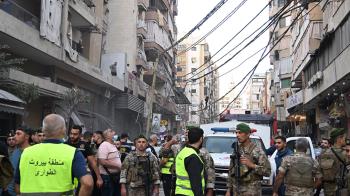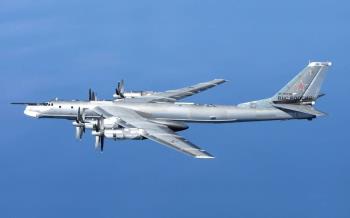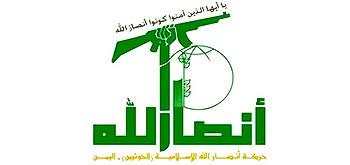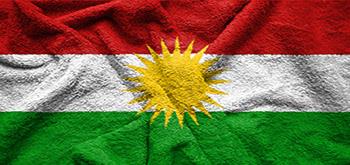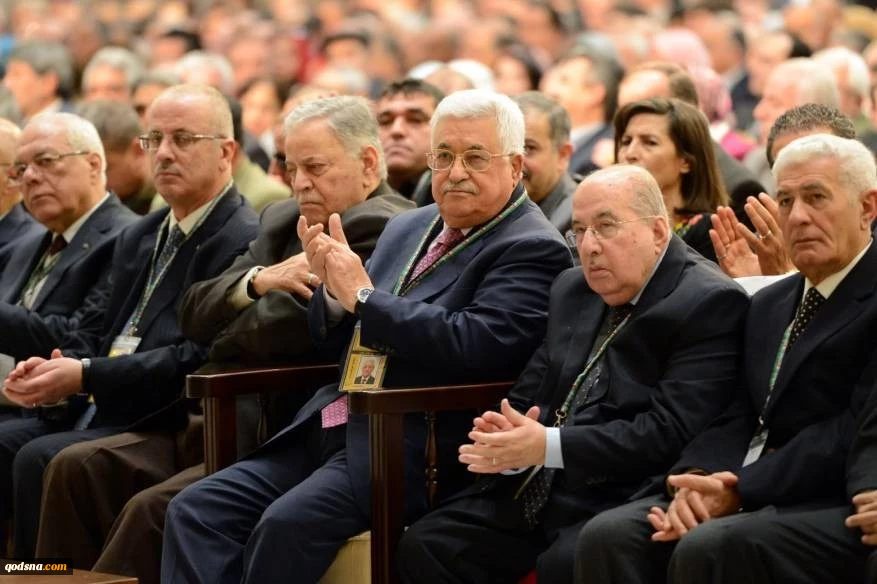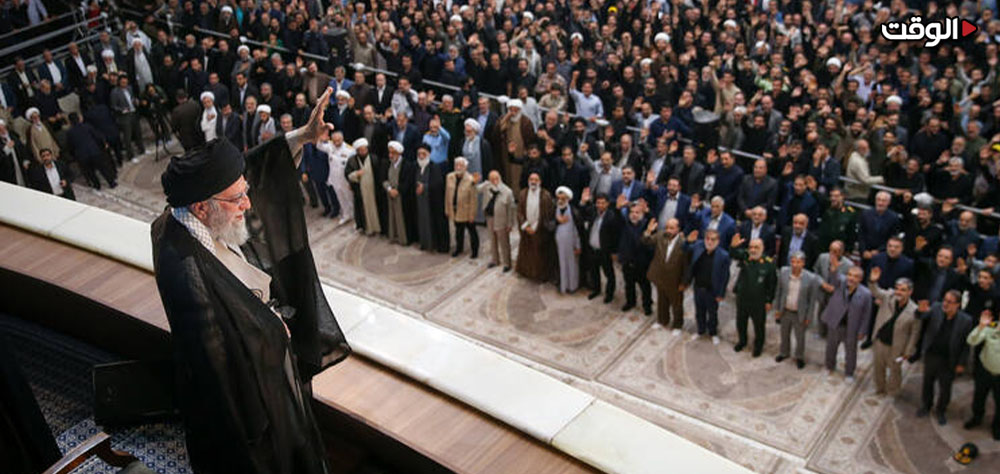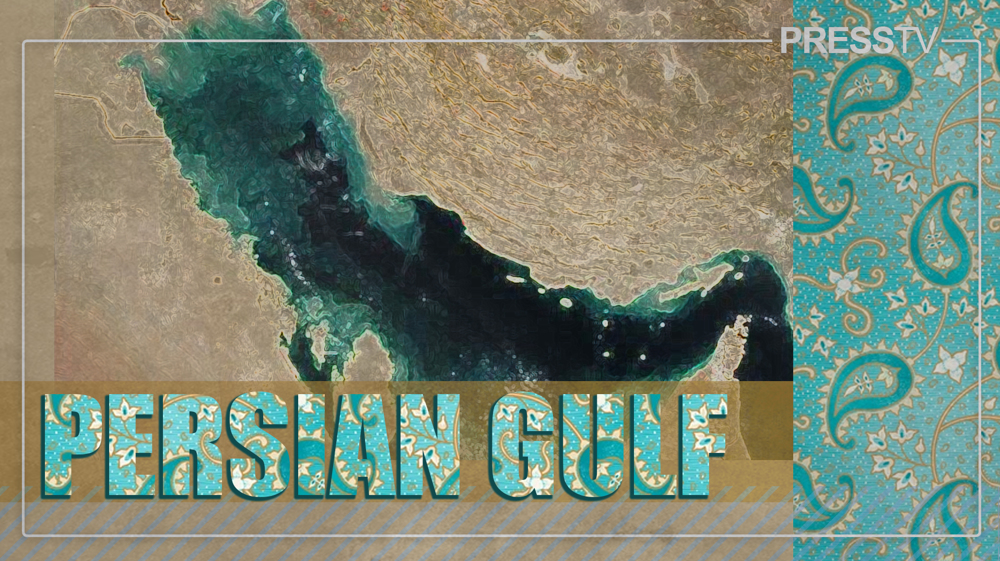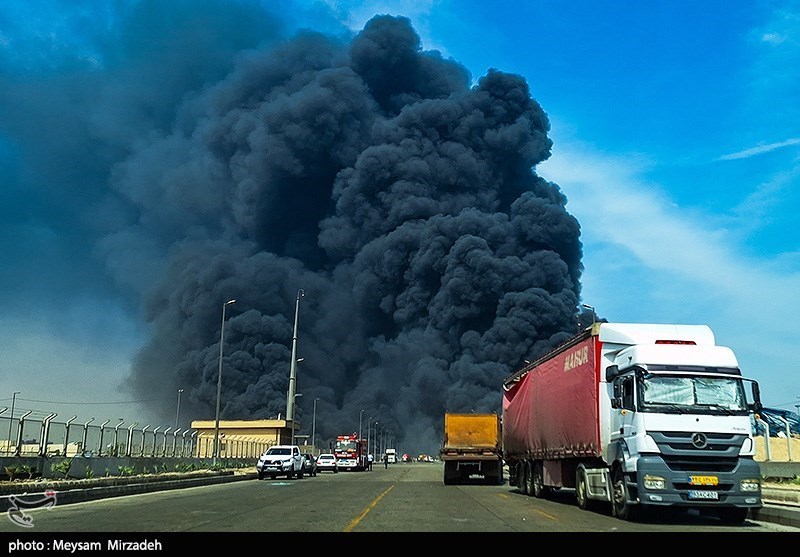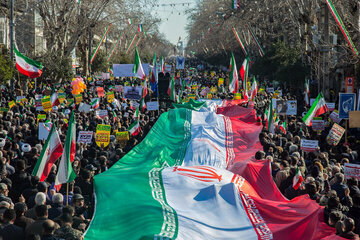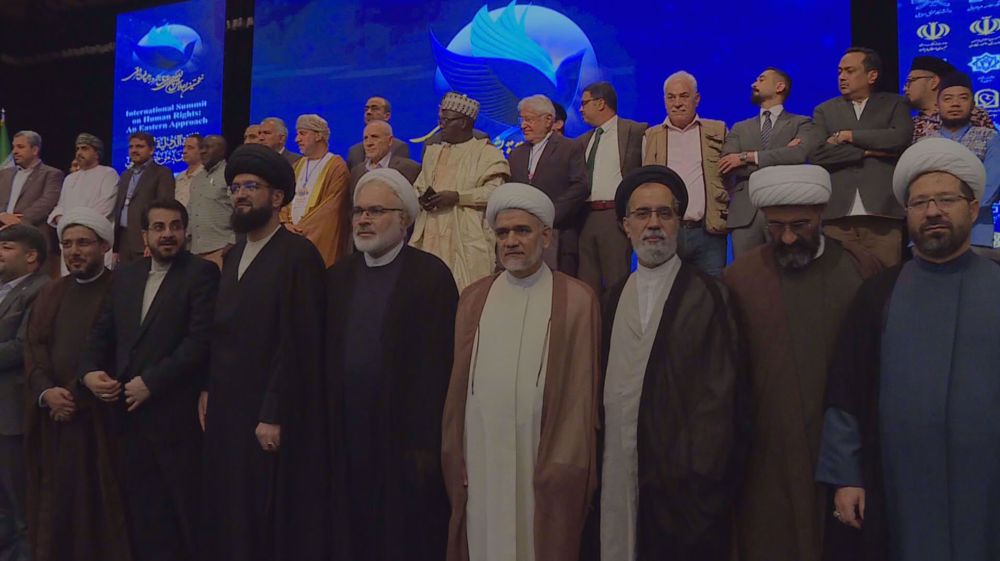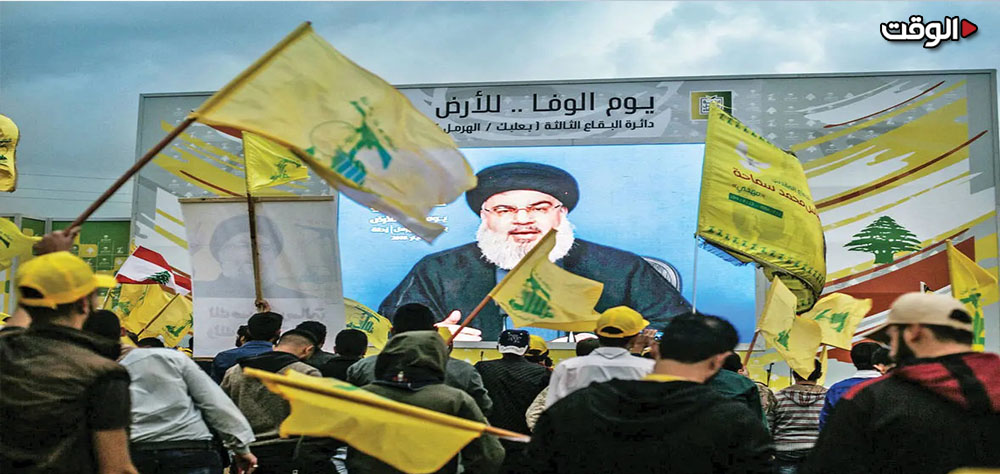Alwaght- Over the past two years, the Fatah Movement of Palestine has witnessed an open equivocality in stances of factions within its body.
On the one hand, President Mohammad Abbas of the Palestinian Authority (PA) resolutely and repeatedly condemned Hamas’s Operation Al-Aqsa Storm against Israel, and, walking in line with the Israeli demands, he called for fast release of the Israeli prisoners and stressed the need for disarming Hamas. In his latest speech, at the United Nations General Assembly over the web since the US government denied him visa, he made it clear that he condemns the October 7 attack and said that Hamas must disarm.
On the other side, a new internal dynamic appears to be emerging within Fatah. Recent comments by Central Committee Secretary Jibril Rajoub underscore a significant departure from the movement's initial stance on the October 7 attacks, which it previously described as a mistake.
Rajoub instead asserted that "Operation Al-Aqsa Storm was a natural response to decades of crimes and aggression by the occupying regime against the Palestinian people." He doubled down, emphasizing Fatah's militant history by stating: "Throughout our history, we in Fatah have never condemned armed action; our very foundation was based on resistance and direct confrontation with the occupiers."
This double vision within Fatah points to a deeper schism and an internal reassessment within the movement. The central question now is: what is driving this recalibration within a significant faction of Fatah?
Three strategic shocks
The shift in tone of Fatah leaders should be seen as a response to a series of strategic setbacks of this movement:
First shock: Betrayal by its traditional allies (the US and Israel)
For years, the Fatah movement bet its political capital and legitimacy on the peace process and a strategy of negotiation, relying heavily on cooperation with the international community, particularly the US. In a controversial move, the PA security forces have played a key role in containing the West Bank during the Israeli army's assault on Gaza, effectively providing a security buffer that allows the Israeli regime to focus its military operations on the coastal enclave. This coordination was starkly evident during the height of the Jenin uprising last December, when Fatah's security forces reportedly assisted Israeli troops in their bloody suppression of resistance fighters from Hamas, the Popular Front for the Liberation of Palestine, and Islamic Jihad.
Furthermore, Fatah's initial condemnation of October 7 operation served to reinforce the Israeli and Western media's anti-Palestinian narrative of the post-attack developments, deepening internal Palestinian divisions. Yet, when a moment of reckoning arrived, the US and the Israeli regime discarded these services, humiliating the movement.
This dismissal shatters the wishful thinking of Fatah's leadership. They had clung to the prospect of gaining control of a post-Hamas Gaza through largely symbolic Arab summits and hoped international pressures, mainly by Arab countries and Europe, would force a two-state solution. Instead, the proposed Trump plan not only sidelines Hamas but also explicitly wants the PA out of future administration of Gaza—a shock that has left the movement reeling.
Second shock: Arab governments passive, not supporting the PA
The Fatah was hopeful that Arab pressures will push the US and Israel to return to the two-state solution.
But the ignominious reactions and decisive support of the Arabs to Trump's plan hit the last nail on the coffin of the Fatah illusions about Arab support. The Arab rulers showed they are not the men of saying no to Trump. This fully isolated Fatah on the world stage.
Third shock: Losing the home legitimacy and dominance of pro-resistance discourse over the West Bank
Internally, the compromising stances of Abbas and his security cooperation with the Israeli regime have severely eroded the credibility of Fatah among the public.
Today, Operation Al-Aqsa Storm, a sequel to the Intifada uprisings, has become the primary symbol of national dignity, resistance, and honor for the Palestinian people. Despite the immense bloodshed, financial ruin, and suffering inflicted upon the people of Gaza over these two years, its strategic impacts are undeniable. It has revitalized the Palestinian cause and their narrative of victimhood on the global stage, exposed Israel's isolation, and fueled a growing wave of support for the establishment of a Palestinian state.
On the other hand, unlike the Arab states, Hamas, in line with Palestinian national interests and countering the evil schemes of their enemies, has expressed willingness not only to hand over the administration of Gaza but even its weapons to a Palestinian committee led by the PA. This demonstrates that the resistance, as its leaders have shown through their blood and sacrifice, never thinks in narrow partisan or factional terms when it comes to defending the national cause. It signals that if the Fatah movement abandons its conciliatory approach to Israeli occupation, Hamas is prepared to pursue a path of national unity and a single government under the responsibility of the PA.
In this new reality, clinging to its past policies would amount to political suicide for Fatah. Therefore, a return to the discourse of resistance appears to be the only viable path to reclaim its lost legitimacy and reconnect with a new generation of Palestinians.
Possible implications
This shift of stances carries several outcomes:
The rift between the pro-negotiation faction led by Abbas and the pro-resistance faction could lead to an overt or covert split within the movement, weakening it further. Last year, during prisoner swap talks between Hamas and the Israeli regime, reports emerged that Fatah had asked Netanyahu's government not to agree to the release of Marwan Barghouti, a prominent and popular figure among Palestinians. Now, once again, Barghouti's name is central to the Cairo negotiations based on the Trump plan. His release, and that of figures like him, would undoubtedly bolster the militant approach within Fatah and weaken its conciliatory stance.
Hamas's positive statements regarding its readiness to hand over the administration of Gaza, and even its weapons, to a Palestinian committee led by the PA indicate that a window for reunification has opened.
This shift indirectly confirms the discursive dominance of Hamas and the Axis of Resistance in defining the Palestinian cause. For Fatah to remain relevant, it is forced to align itself with this new prevailing discourse, even if only rhetorically.
If Fatah can distance itself from its conciliatory approach, the groundwork could be laid for a unified national strategy that combines political struggle with popular resistance.
Conclusion
Shift in stance of Rajoub should be regarded as a reaction of a political faction on the brink of demise. This shift is driven by a cold political conclusion: Negotiations and compromises to Israeli occupation not only have not led to formation of an independent Palestinian state, but also they revealed that the Arab and international allies of Fatah are actually unreliable. On the other hand, at home, resistance has become the only political currency of the Palestinians. So, to steer clear of isolation and discredit, Fatah has no other way than returning to its pro-resistance roots and push for revival of its pro-resistance discourse. For this political maneuver to succeed, it remains for Fatah to show if this shift is tactical or a prelude to a true strategic transformation within Fatah and its movement to national unity.

